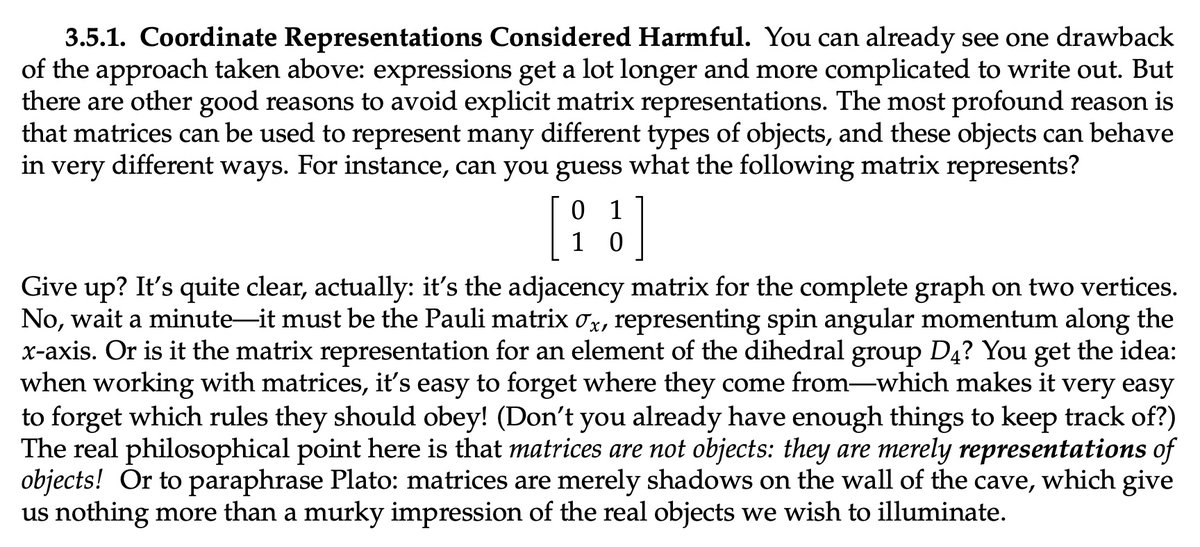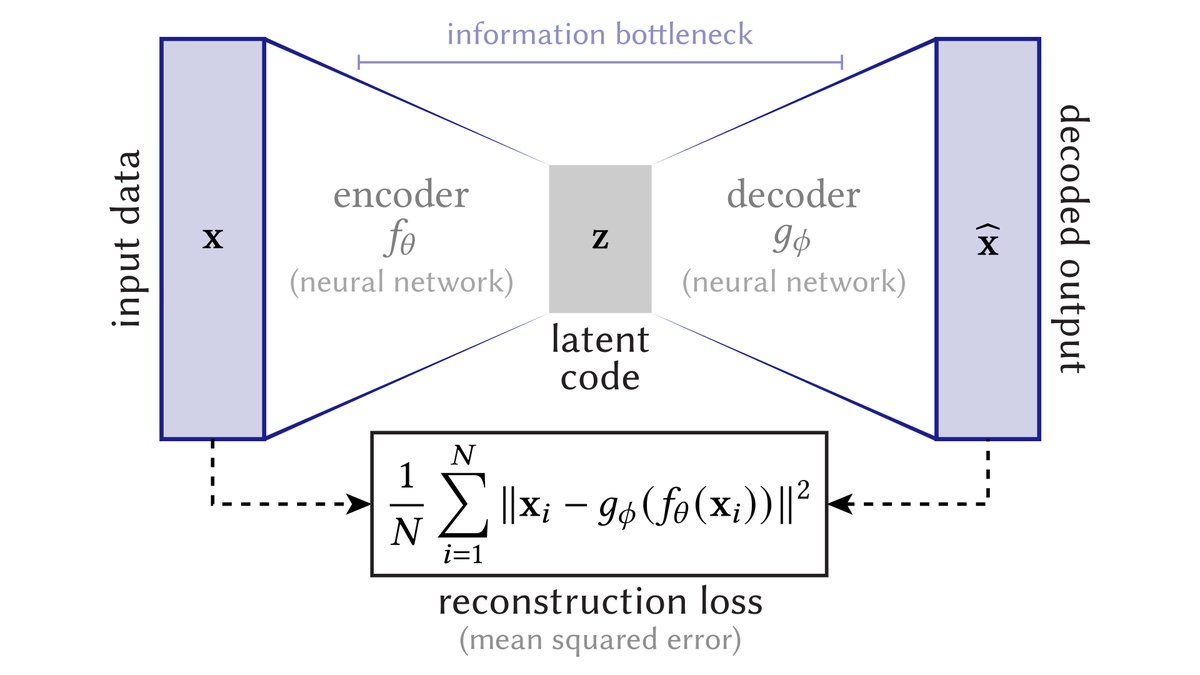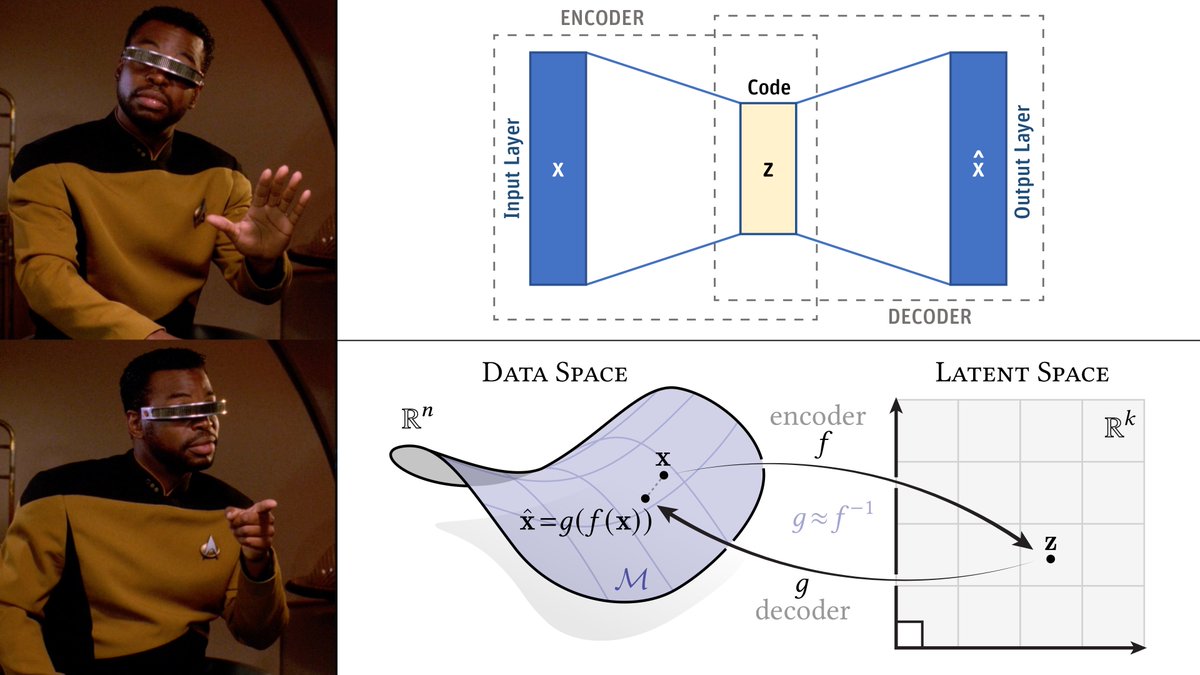Uniform edge lengths are a reasonable proxy for mesh quality, since equilateral triangles have good angles. But if you have more specific criteria, you can usually do better. "Hodge-Optimized Triangulations" provides a nice discussion of this perspective: geometry.caltech.edu/pubs/MMdGD11.p… 
https://twitter.com/msmathcomputer2/status/1404377428798197762

A popular approach in graphics is something like Botsch & Kobbelt, "Remeshing for Multiresolution Modeling" (Sec. 4): graphics.rwth-aachen.de/media/papers/r…
Basic idea: iteratively move vertices to equalize areas, split long edges, collapse short edges, & flip edges to improve vertex valence.
Basic idea: iteratively move vertices to equalize areas, split long edges, collapse short edges, & flip edges to improve vertex valence.

In this class of algorithms, I really like Chen & Holst, "Efficient mesh optimization schemes based on Optimal Delaunay Triangulations": math.uci.edu/~chenlong/Pape…
Here there's a clear notion of optimality, & an efficient preconditioner. For surfaces: restrict to tangential motions
Here there's a clear notion of optimality, & an efficient preconditioner. For surfaces: restrict to tangential motions

Another classic is Alliez et al, "Isotropic Surface Remeshing": hal.inria.fr/inria-00071991…
Here the idea is to parameterize the mesh & nicely sample according to varying density in the plane. I don't sense this idea is used too much these days, due to the need to parameterize.
Here the idea is to parameterize the mesh & nicely sample according to varying density in the plane. I don't sense this idea is used too much these days, due to the need to parameterize.

Though on second thought, there are methods that use sophisticated field-aligned parameterization to get very high-quality almost-regular meshes with few irregular vertices, such as Nieser et al, "Hexagonal Global Parameterization of Arbitrary Surfaces": mi.fu-berlin.de/en/math/groups… 

More recently a popular tool is the award-winning "Instant Meshes" by @wenzeljakob et al: igl.ethz.ch/projects/insta…
Combines the strengths of field-aligned & local iterative methods to get extreme performance/scalability, albeit with more irregular vertices than, say, Nieser et al
Combines the strengths of field-aligned & local iterative methods to get extreme performance/scalability, albeit with more irregular vertices than, say, Nieser et al

Finally, a fun example where meshes with unit edge lengths show up is in Isenberg et al, "Connectivity Shapes": cs.unc.edu/~isenburg/rese…
The idea: if you have perfect unit edge lengths, you can throw away vertex positions and recover the geometry *purely* from the connectivity!
The idea: if you have perfect unit edge lengths, you can throw away vertex positions and recover the geometry *purely* from the connectivity!

In simulation, the award-winning "El Topo" package of Brochu & Bridson uses near-unit edge lengths to provide high-quality free surface tracking: github.com/tysonbrochu/el…
(By the way, "award winning" in these posts refers to the SGP software award @GeometryProcess!)
(By the way, "award winning" in these posts refers to the SGP software award @GeometryProcess!)

@BrunoLevy01 has a great package called GEOGRAM that provides a lot of great regular meshing functionality: alice.loria.fr/software/geogr…
Bruno will be able to give better details about the algorithms used, and interesting applications like optimal transport that I didn't mention yet.
Bruno will be able to give better details about the algorithms used, and interesting applications like optimal transport that I didn't mention yet.

It's also important to mention that uniform edge lengths provide more detail than necessary in large regions with low curvature.
Other methods adapt to local curvature/feature size, like Dunyach et al, "Adaptive Remeshing for Real-Time Mesh Deformation": hal.archives-ouvertes.fr/hal-01295339/d…
Other methods adapt to local curvature/feature size, like Dunyach et al, "Adaptive Remeshing for Real-Time Mesh Deformation": hal.archives-ouvertes.fr/hal-01295339/d…

Likewise, the Holst & Chen paper mentioned earlier allows spatial adaptivity, by providing a density function: math.uci.edu/~chenlong/Pape… 

There are sure to be countless references I'm missing both to algorithms & applications—but that should provide a few useful pointers!
• • •
Missing some Tweet in this thread? You can try to
force a refresh













